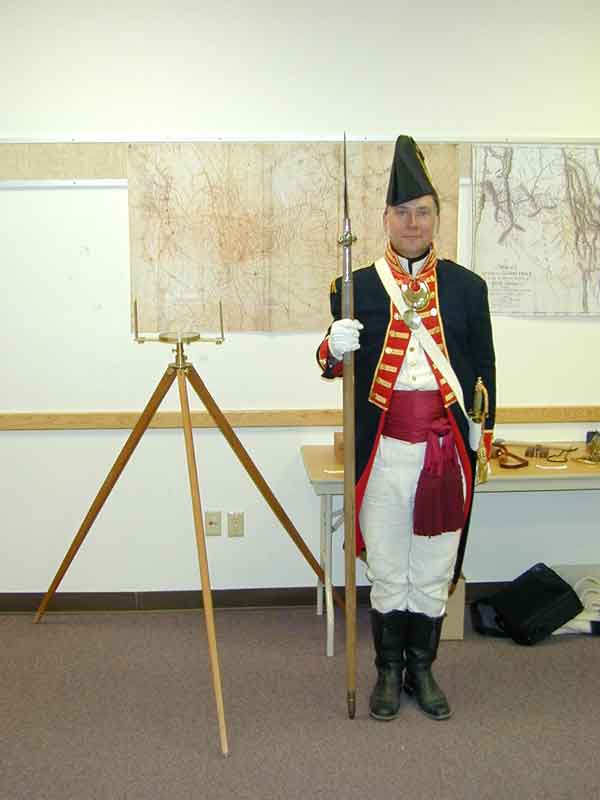
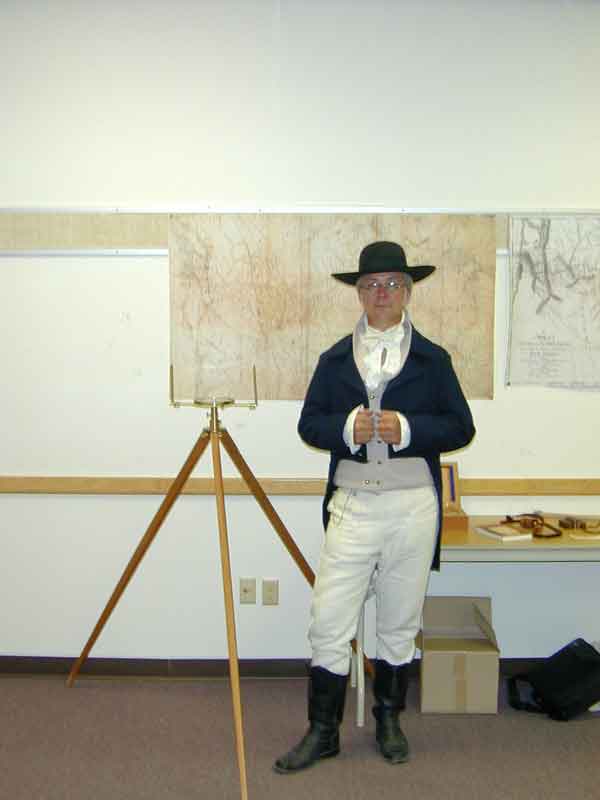
| List | Previous | Next |


Sextants to Satellites
on the
Lewis & Clark Trail
Anne discovered a Forest Service (FS) "Heritage Expedition" project that presented the Lewis & Clark Corps of Discovery expedition in a new point of view. It is presented by the FS in Salmon and is called Sextants to Satellites. It was a five day presentation that included both classroom and field trip demonstrations of what the expedition had to do to find their way over unknow routes and then to document their path for the others who would follow. The class is small, limited to twelve participants, which means that every one gets to do all the stuff.
Our instructor and the creator of the expedition was Steve Matz, Forest Archeologist for the Salmon-Challis NF. He is seen here, on the left, dressed as Andrew Ellicott, Lewis's celestial navigation instructor, and on the right as Meriwether Lewis. He often dressed in period attire and it helped put us in a frame of mind to better understand that of the participants of the L&C expedition.
Many of the navigation techniques that L&C used were presented and the participants then went out into the field on what is believed to be the actual route of the trail at Lemhi Pass near Salmon, ID. We took the same type of instruments that L&C used and also modern GPS instruments that can capture the routes that we walked for later analysis. Our instructor also provided us with the maps and route descriptions that were created by L&C at the time they followed the route. We were to find the route based on these descriptions and modern topo maps that we used to get a feel for the lay of the land.
We were dropped off near one of the locations described that would be the starting point for our exercise. After finding the location we were to follow the route using the materials provided which included a replica of the same compass that L&C used. We also had a GPS unit to record the route we took so we could compare our route to the one commonly believed to have been taken by L&C.
During other sessions, we learned to use a sextant and octant using the method that Lewis was trained to use. We also used a bearing compass, like the one in the pictures above, and a chain to measure and document a route in the manner that L&C used to preserve the routes that they used during their portages.
If you have any interest in the L&C expedition and are curious how they managed many
of the navigational difficulties that they had to face, then you would really enjoy
these presentations and exercises.
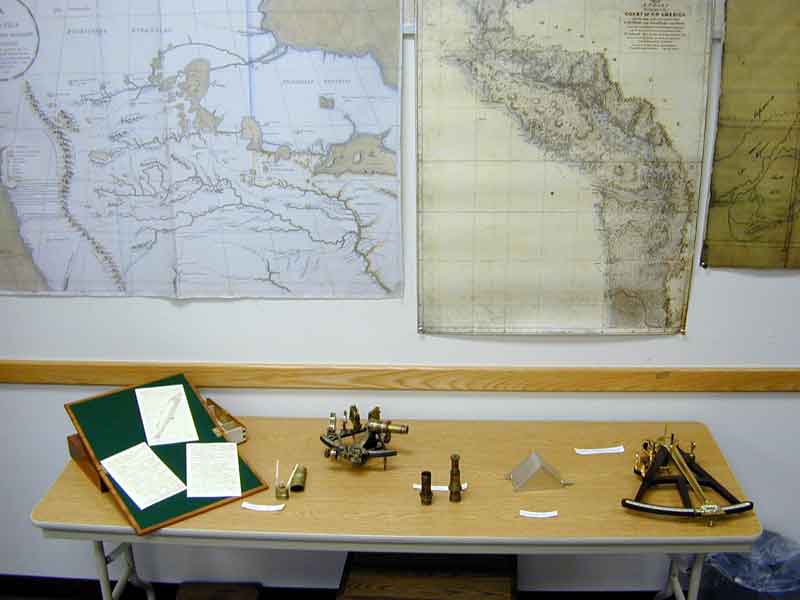
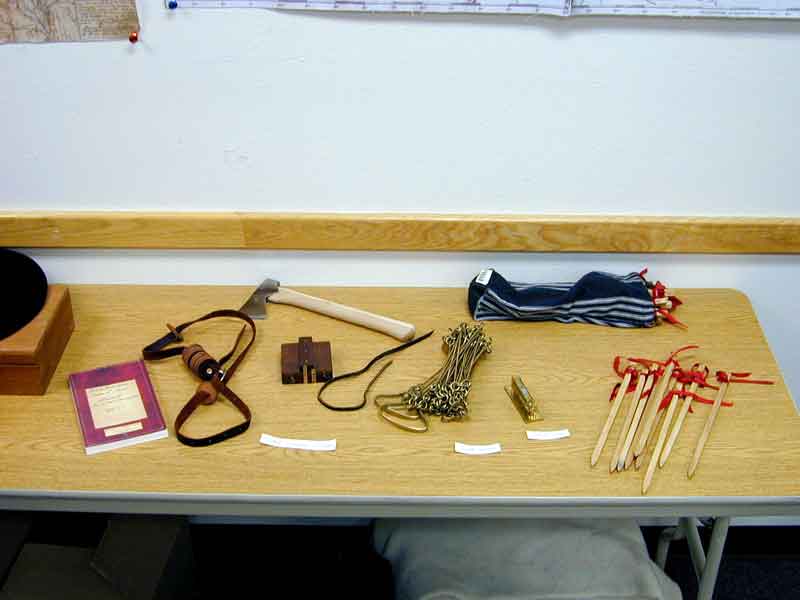
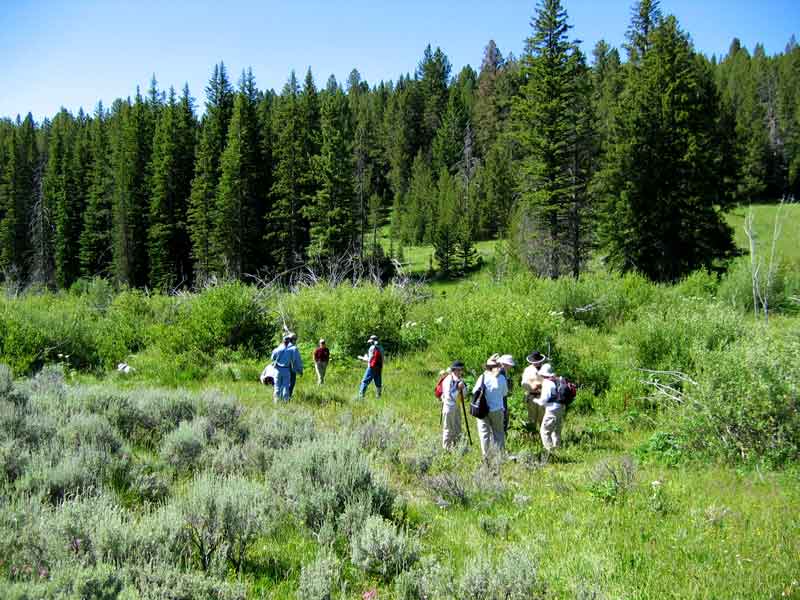

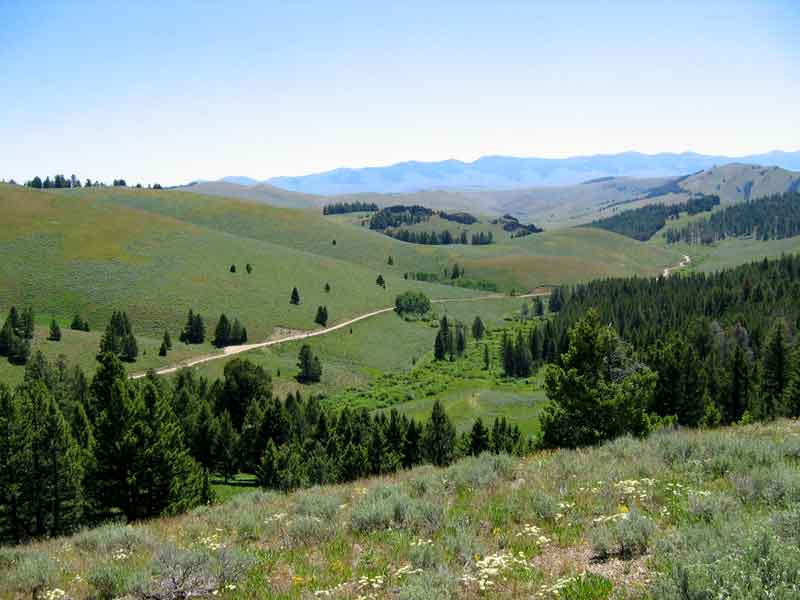
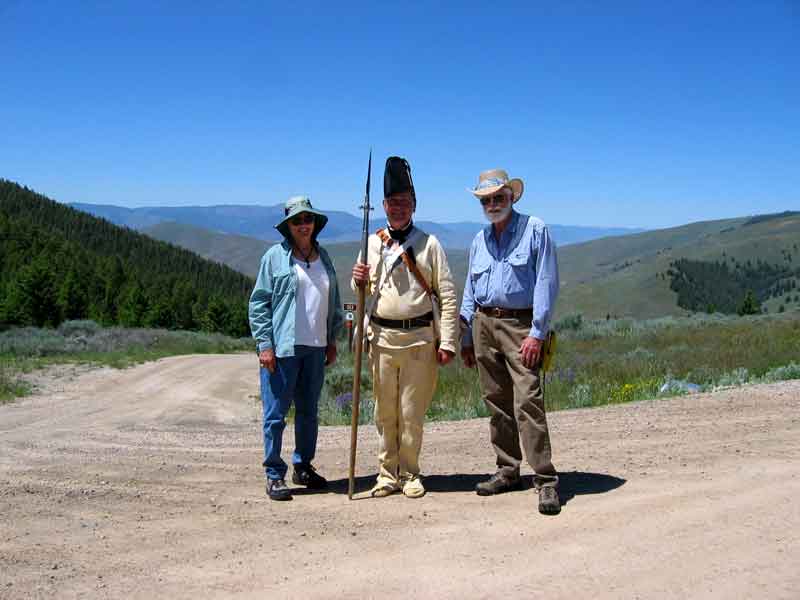
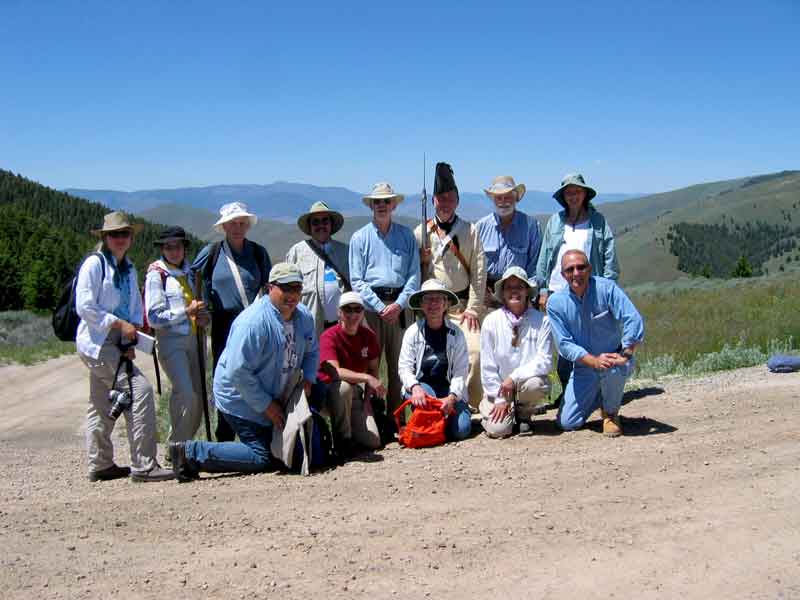
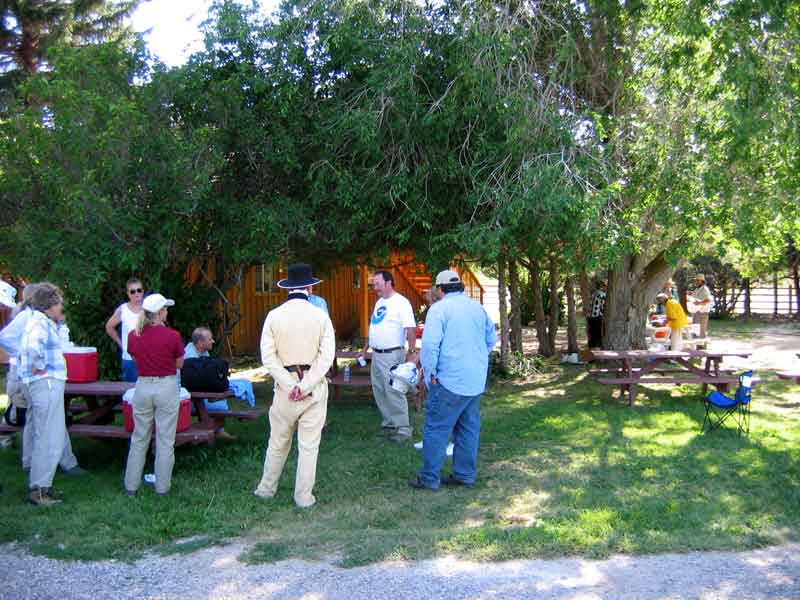
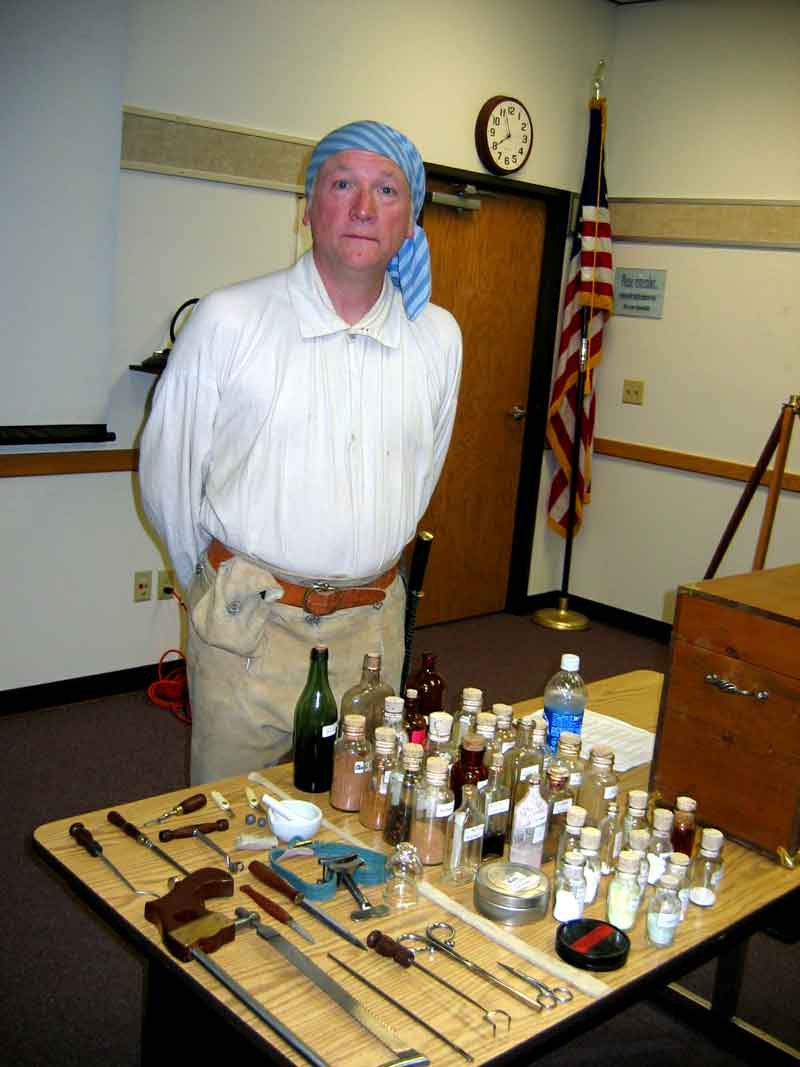
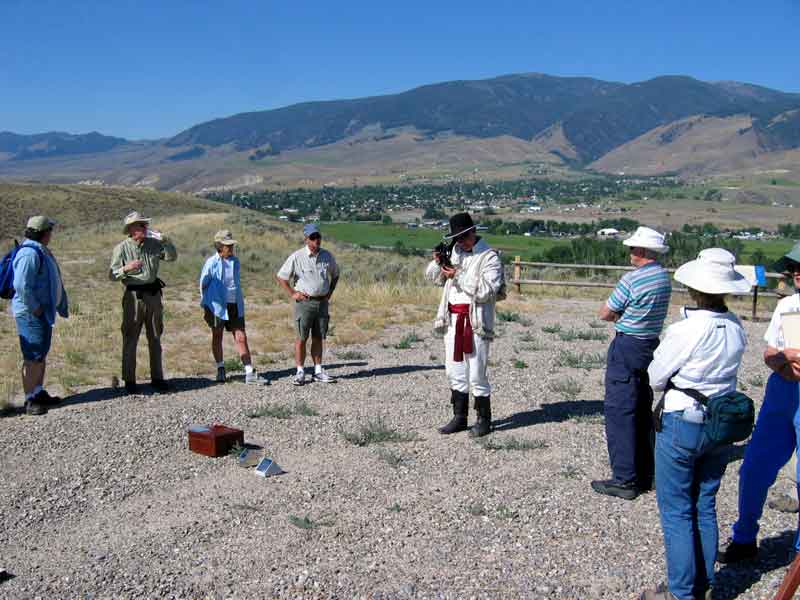
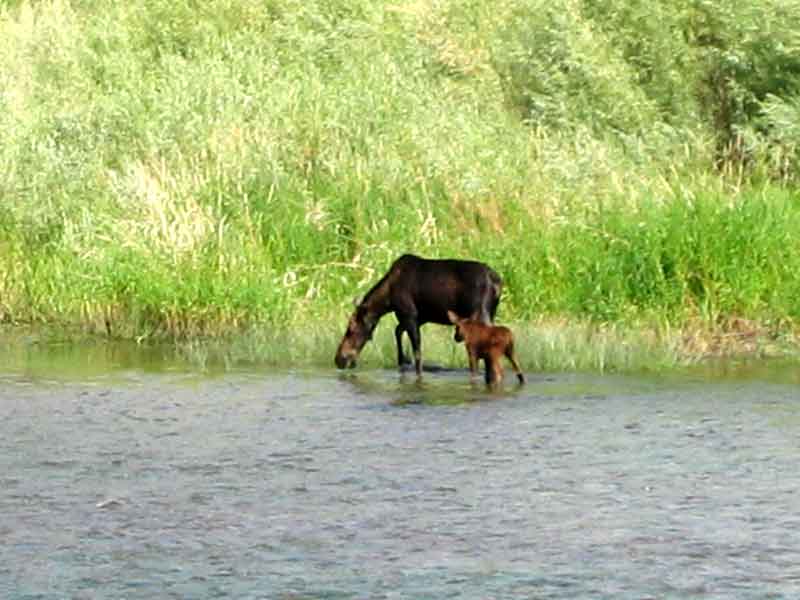
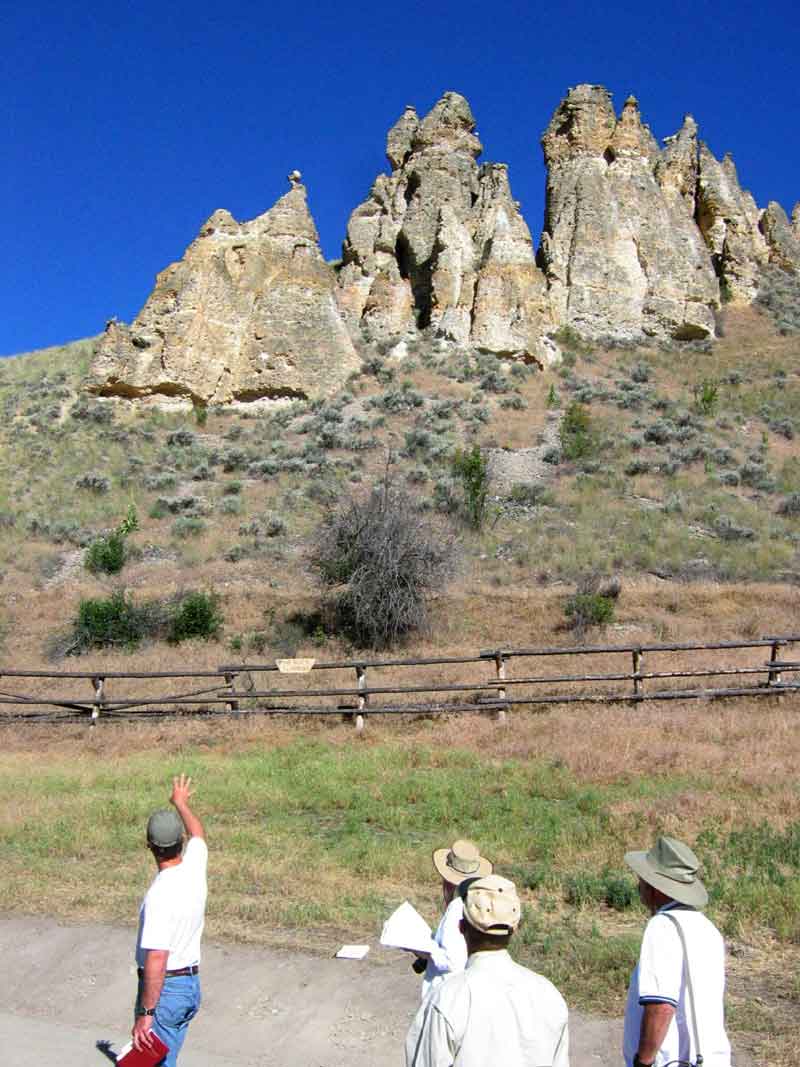
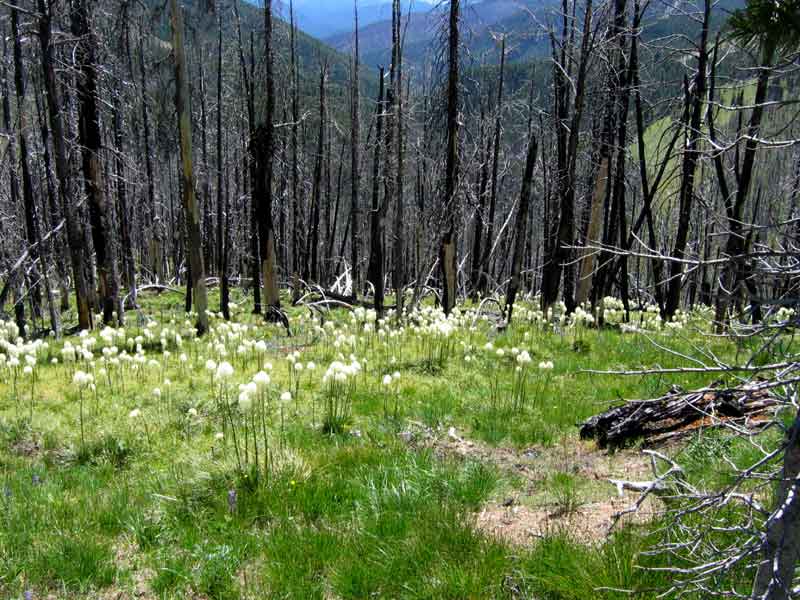
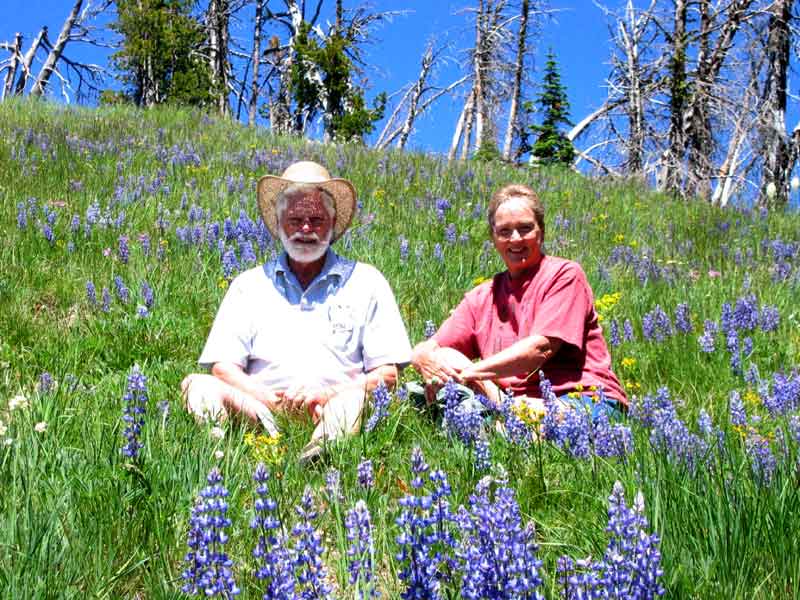
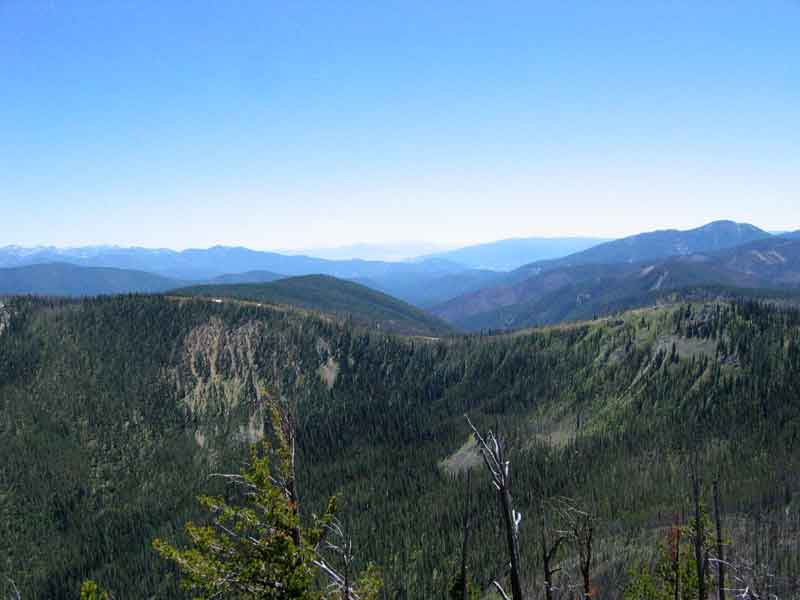
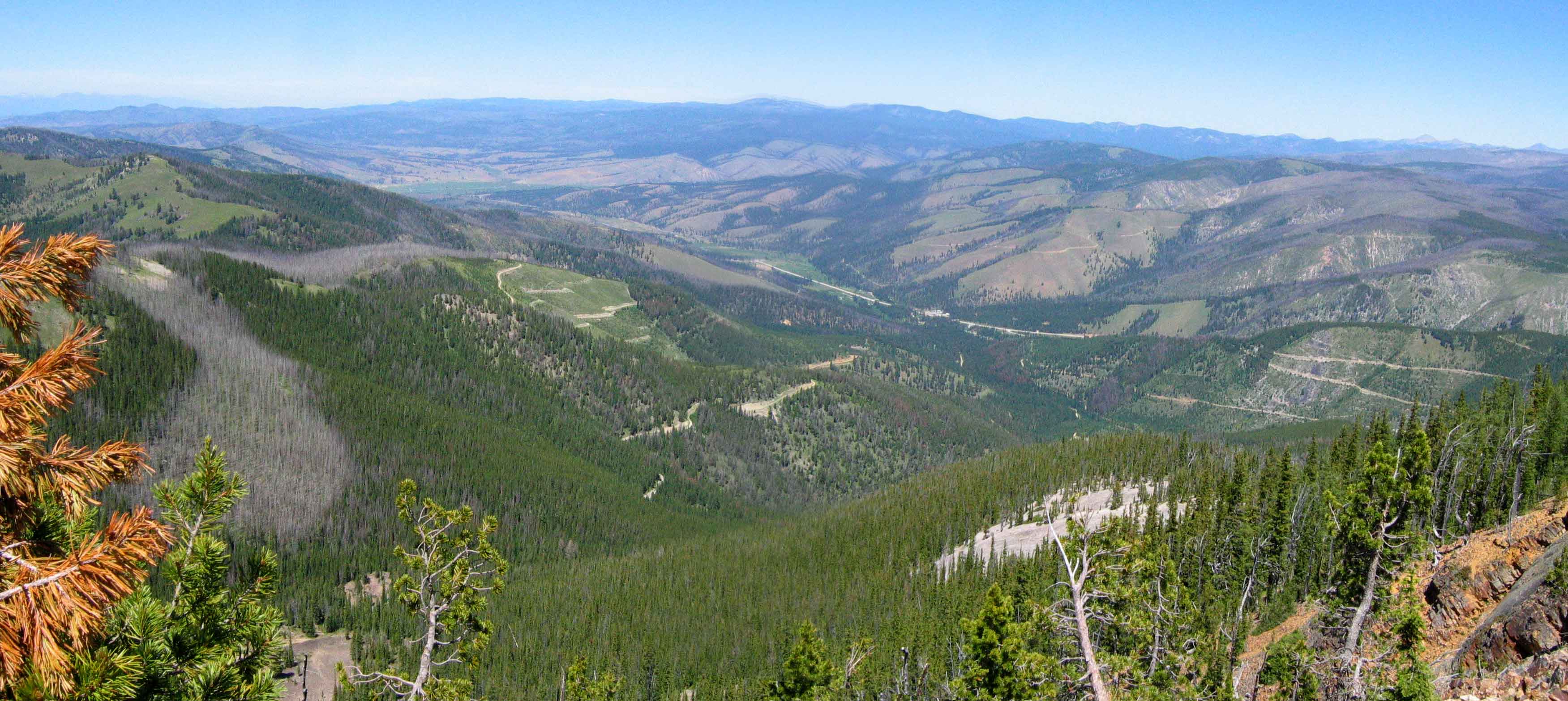
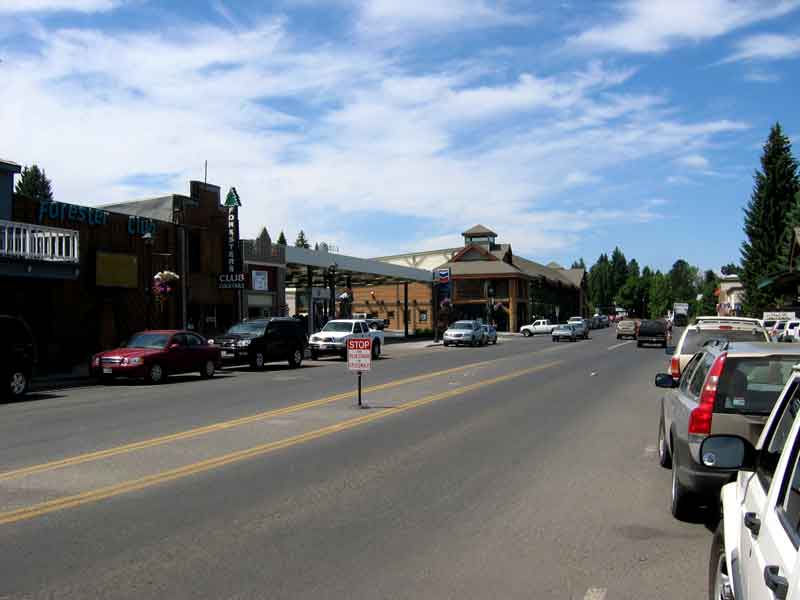
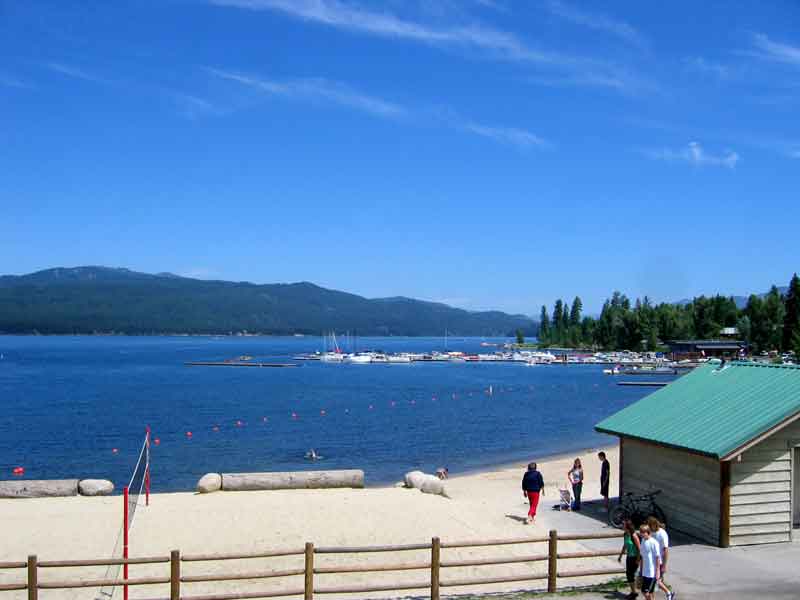
We toured the area and Ted even had some good fly fishing in the Little Salmon
river about an hours drive from McCall.
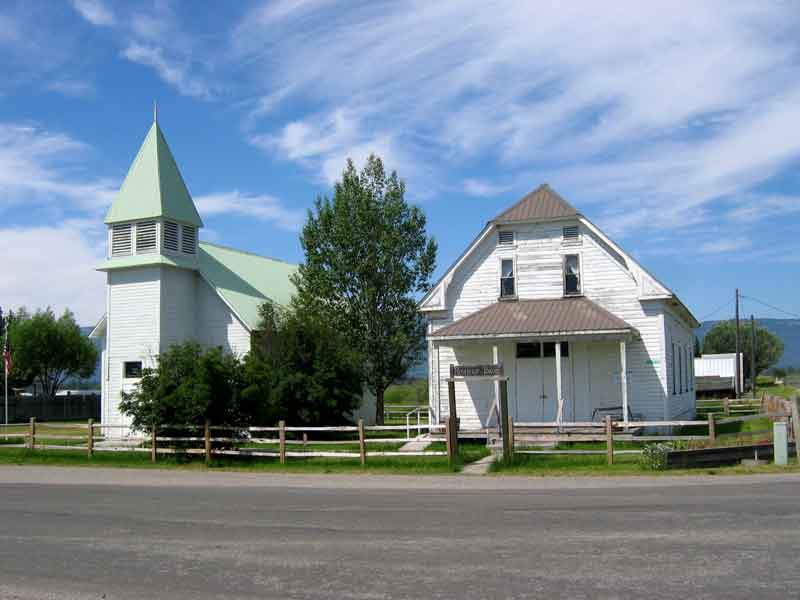

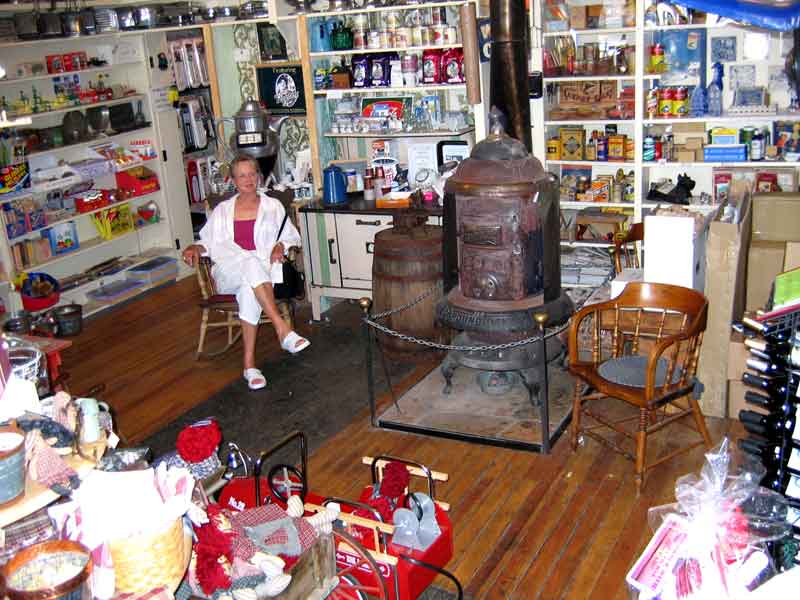
| List | Previous | Next |